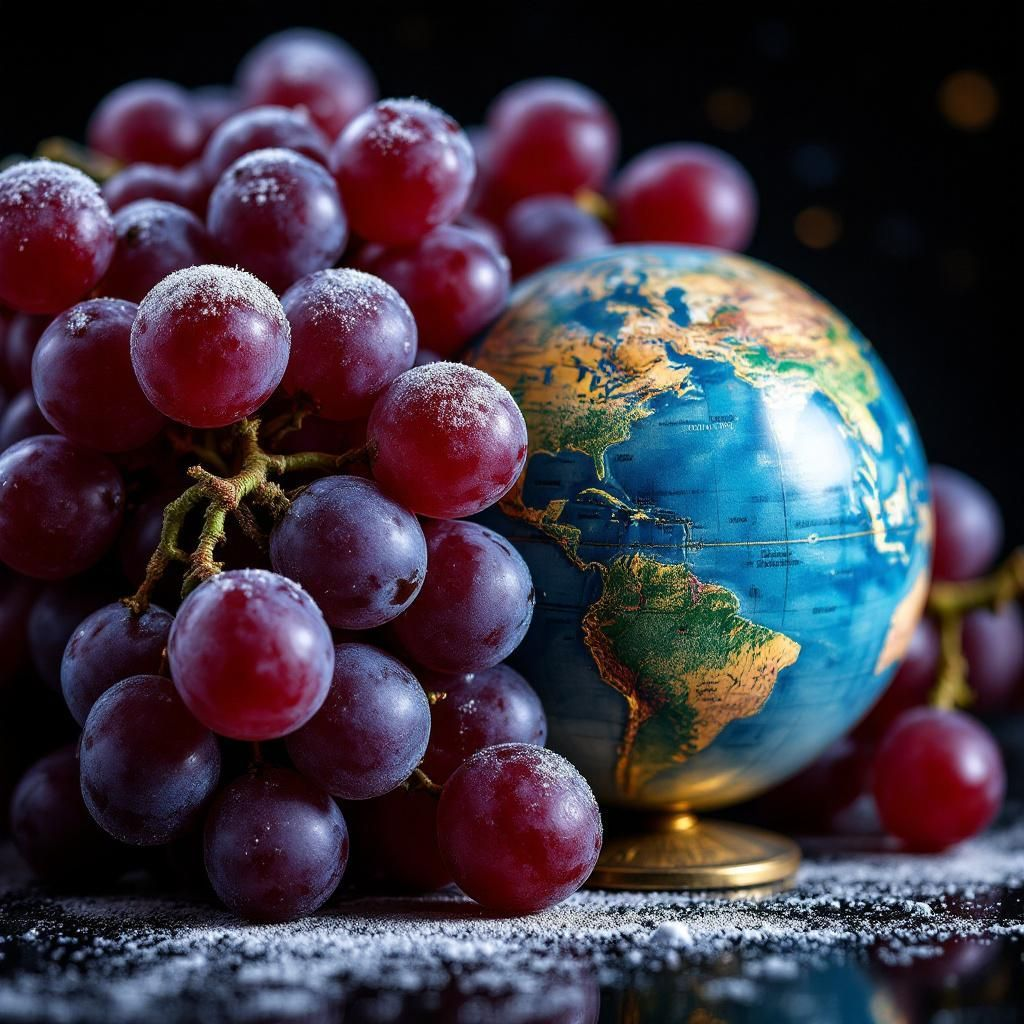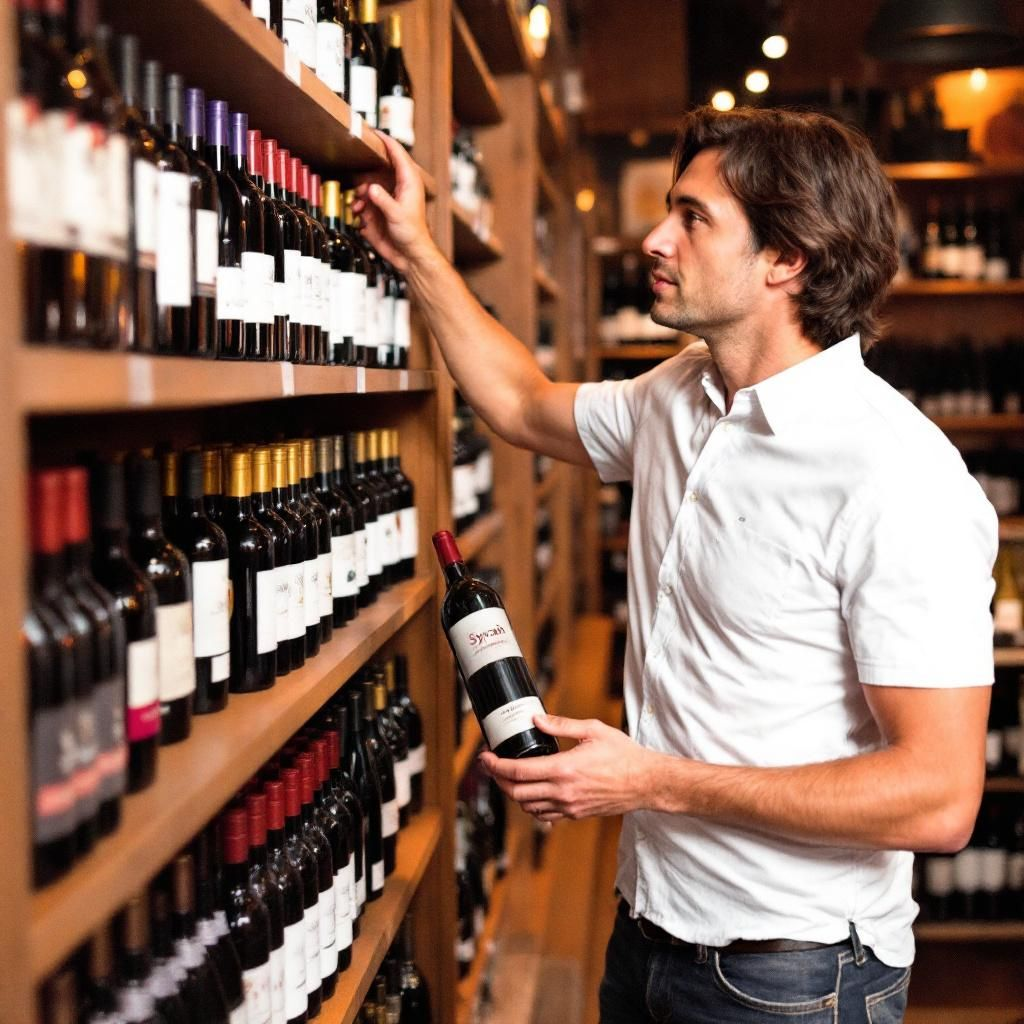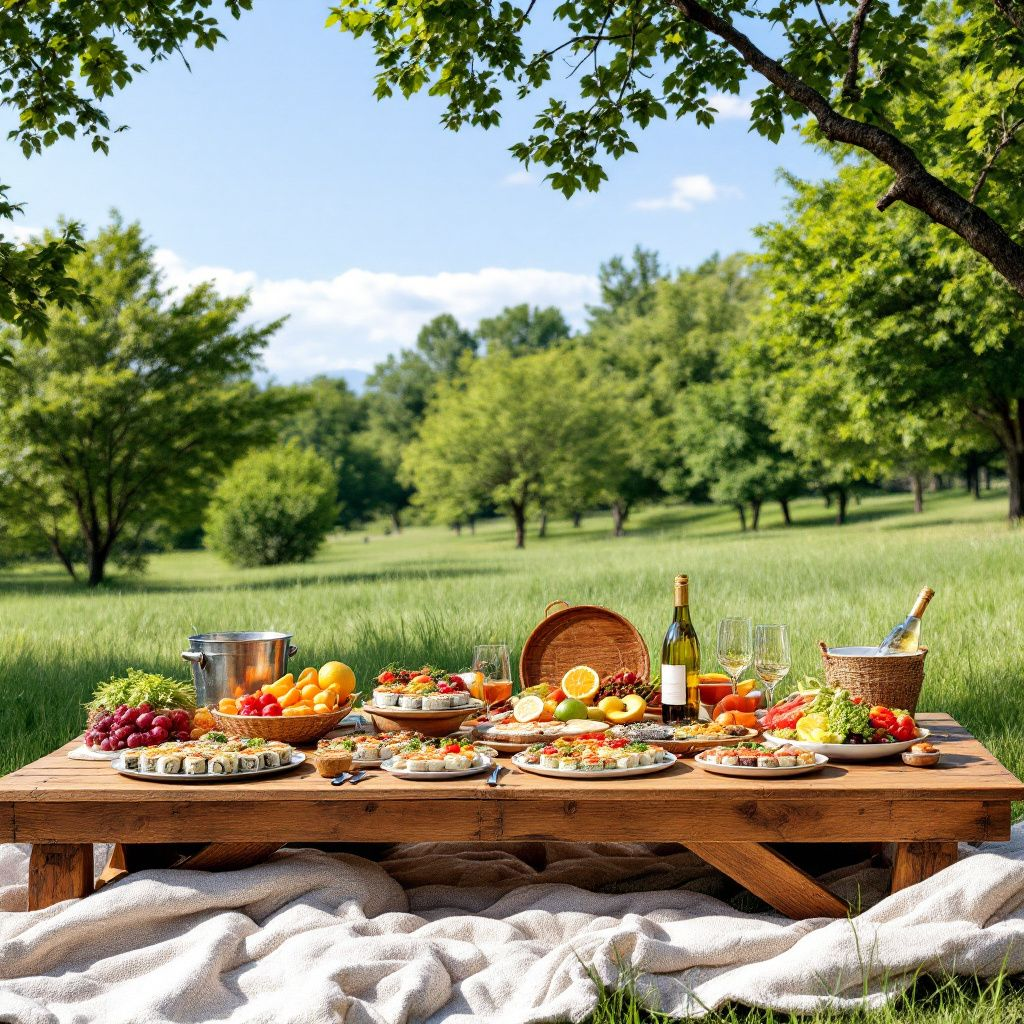THE LOST GRAPE , THE DOCUMENTARY (english version)
Nicole Soulodre
A day like today, November 24, 1994, a product of those strange coincidences. Meeting at Viña Carmen were Alvaro Espinoza (chief winemaker, Chilean), Philippo Pszczólkowski (academic of the U.C. Faculty of Agronomy, Chilean) and Jean Michel Boursiquot (ampelographer I.N.R.A. Domaine de Vassal U. Montpellier, French).
Alvaro Espinoza, Enólogo
Proud of his field, Alvaro takes them to his best Merlot block, and at that moment Jean Michel (considering that it was the budding season, very easy to identify), tells him, "this is not Merlot, it is Carménére." At that moment there is absolute silence. Neither Philippo nor Alvaro had heard of this rare variety, called that, nor did they even know how to write it.
Jean Michel Boursiquot
Philippo Pszczólkowski

Phylloxera attacks only vitis, that is, only vineyards. It generates wounds on its leaves, dries them, and then enters underground and deposits its thousands and thousands of eggs. This is why in winter it seems like it disappears, but NO!!!!!!! It is multiplying. Then when the sun rises, it appears with its wings and flies to the next plant. In Europe, it devastated millions of hectares, in 15 years, it reached from Portugal to Turkey; It impoverished many winegrowers and their associated businesses. Horrible, a debacle.
The French government offered a prize of $300,000 francs to whoever found the solution. Many experts were called, including Charles Darwin, who was very involved in these studies. Finally Jules Emile Planchon (Montpellier, France) together with Charles Riley (Missouri, USA), were the ones who came up with a solution, which is used to this day, rootstocks with resistant vines, which are the American ones. But they haven't caught phylloxera yet, NASA has a satellite program that monitors where it advances... this is a real thriller!!!
Carmenere was one of the 6 classic Bordeaux varieties, but after phylloxera, when the vineyards were recovered again, using rootstock, it did not react well. As a variety, it needs a warmer climate than what was in Bordeaux, which is why it was gradually replaced by Merlot and Cabernet Franc. At the end of the 1800s it arrived in Chile, and here Carmenere feels comfortable with our warmer Mediterranean climate, and is expressed throughout the central valley. Its name Carmenere derives from its beautiful carmine color that the leaves give in Autumn.
If we go back to Chile at that time, 1995, it was hard! Merlot exports were at their best. In the world, Merlot was the fashionable variety (between 1985 and 2000), and Chile had a special one and it was doing well. How would we tell the world that it wasn't Merlot, it was Carmenere. Anyway, a lot of discussions, fights, what do we do? Let's kill the goose that lays the golden eggs!!!...Vineyard growers, Salespeople, Academia, Winemakers, SAG, all holding their heads with both hands.... ugh!
But the right thing was done, and the Chilean wine industry took a step at that time. He realized that he had to investigate more, know more, study more, specialize more. If we think about it, it was only 29 years ago, and look how we have advanced. It was difficult, yes, and a lot. But we showed courage, and a willingness to say, we were wrong, and now, this bottle is actually Carmenere.

When can we see this docu?, at the end of 2024 if we manage to finish everything on time. On the SunnStream (US) platform. All this work has been a very beautiful journey, of understanding a new world, and contributing with my world, wine. Meet brilliant people and specialists, each in their area. We traveled together to France, Colchagua, we learned incredible stories, kept only in our memories, hours in the van...many moments together, study, a lot of study, finding out, learning. An opportunity I never thought I would have. Thank you Garrett for trusting me!
Good weekend, Niki
Nicole Soulodre
Wine Specialist
@atelierwines








